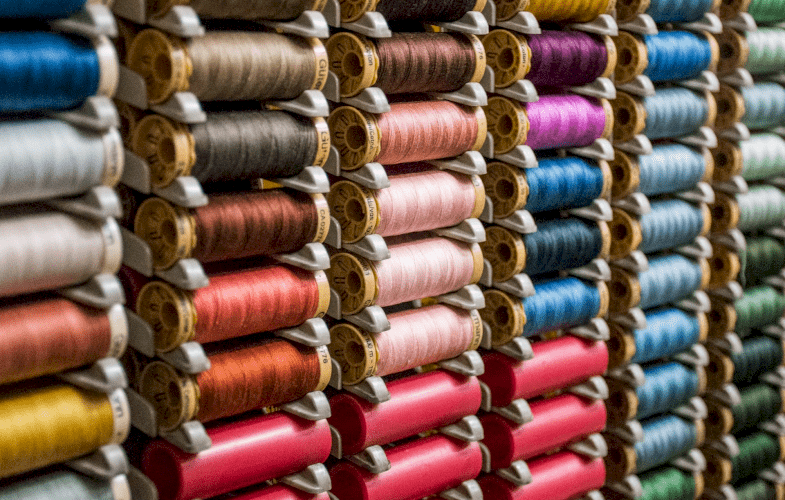Textile Enzymes Manufacturer

ENZYMES IN TEXTILE PROCESSING
Textile processing has benefited from the application of enzymes to markedly reduce environmental impact and improved product quality. The principal enzymes applied in the Textile industry are Hydrolases and Oxidoreductases. The group of Hydrolases includes Amylases, Cellulases and Pectinases. Amylases are used to remove starch-based sizes from fabrics after weaving. Cellulases have been employed to enzymatically remove fibrils and fuzz fibres, and also used in the cotton Textile industry. Esterases are also used in partial hydrolysis of synthetic fibre surfaces to improve hydrophilicity and aiding further finishing steps. Catalases are also used to remove hydrogen peroxide after bleaching, which results in huge saving in water consumption.


Enzymes are large high-molecular weight protein structures with highly specific active sites within the molecule that perform the catalytic reaction. Replacing enzymes with simpler compounds that mimic the behavior of these biocatalysts could significantly increase the reaction rate, facilitate the enzymatic process and decrease costs.
Enzymes can be used in order to develop environmentally friendly alternatives to chemical processes in almost all steps of textile fibre processing. There are already some commercially successful applications, such as amylases for desizing, cellulases and laccases for denim finishing, and proteases incorporated in detergent formulations. The textile industry was identified as a key sector where opportunities available from adapting biotechnology are high but current awareness of biotechnology is low. In textile processing the enzyme can be successfully used for preparatory process like desizing, scouring and bleaching. These enzymatic processes are gives the similar results as that of conventional methods. Though this enzymatic processes we can reduce the water consumption, power energy, pollution, time, and increasing quality.
FAQ’S
Amylases, cellulase,catalase, and laccase are the most often utilised enzymes in textile processing employed to eliminate the starch, depilling and reduce the efficacy of lignin, hydrogen peroxide removal, and textile bleaching.
Amylases are mostly used for desizing, which involves removing starch, in the textile processing. The starch molecules are hydrolyzed by these enzymes which is easily removed by washing or dissolved in hot water.
Cellulases are frequently used in the textile industry to biofinish textiles that contain cellulosic Material with cellulases we can impart excellent surface modification with completet depilling results. Hence enhance handfeel,lustre, softness and appearence of the fabric.
Hydrogen peroxide is broken down by catalase to create water and oxygen. Before adding dyes and other chemicals, catalase is added to the dyebath in order to eliminate residual hydrogen peroxide.
Bioscouring process completely reduce or elimnates the use of harmful chemicals, hence giving ecofriendly and sustainable solutions. Fabric gets a very soft handle with the bioscouring process, which also delicately primes it for later wet processing Steps .



